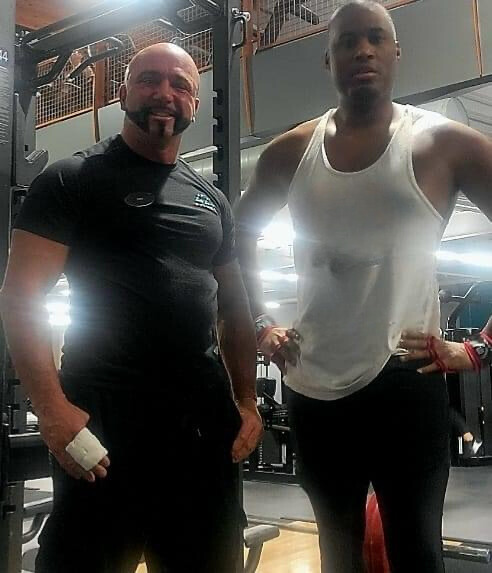
Not All Goals are Weight Loss!
Not all goals are weight loss! Member, Rhys Trammel, hit his Personal Best of a 405lbs. deadlift x 2 reps this week. Great job!
Rhys trains with Master Trainer, Chris Church, at 425 Fitness Redmond.

Not all goals are weight loss! Member, Rhys Trammel, hit his Personal Best of a 405lbs. deadlift x 2 reps this week. Great job!
Rhys trains with Master Trainer, Chris Church, at 425 Fitness Redmond.
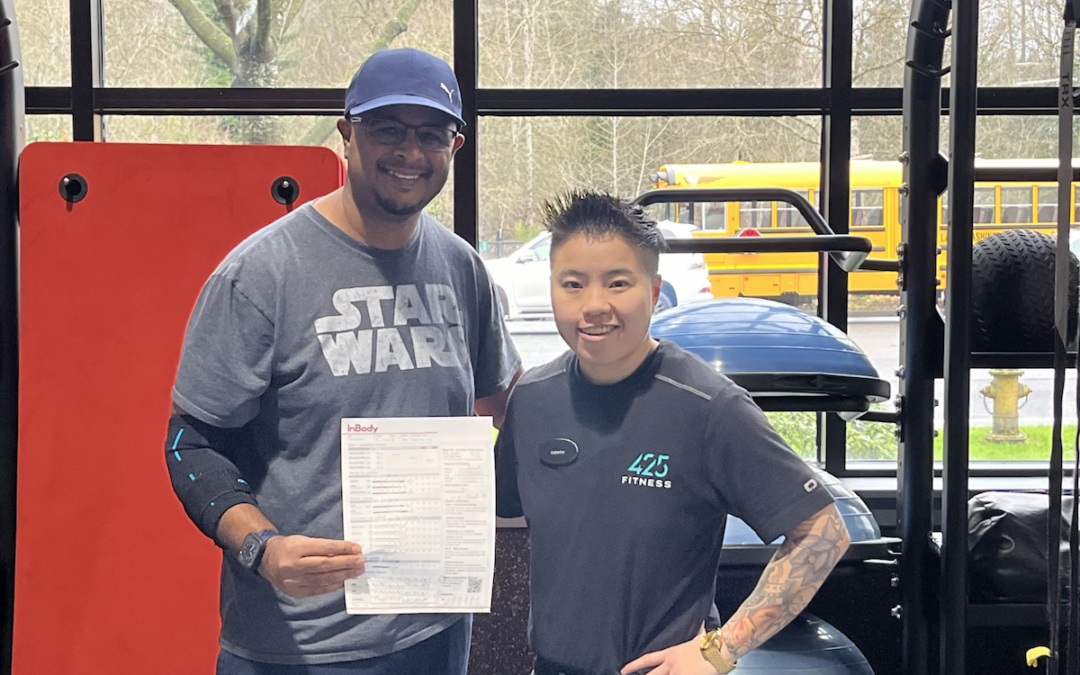
Congratulations to member, Yafet Sahlezghi, for loosing 20lbs in 6 months with the help of Master Trainer of 425 Redmond, Catherine Kelly!
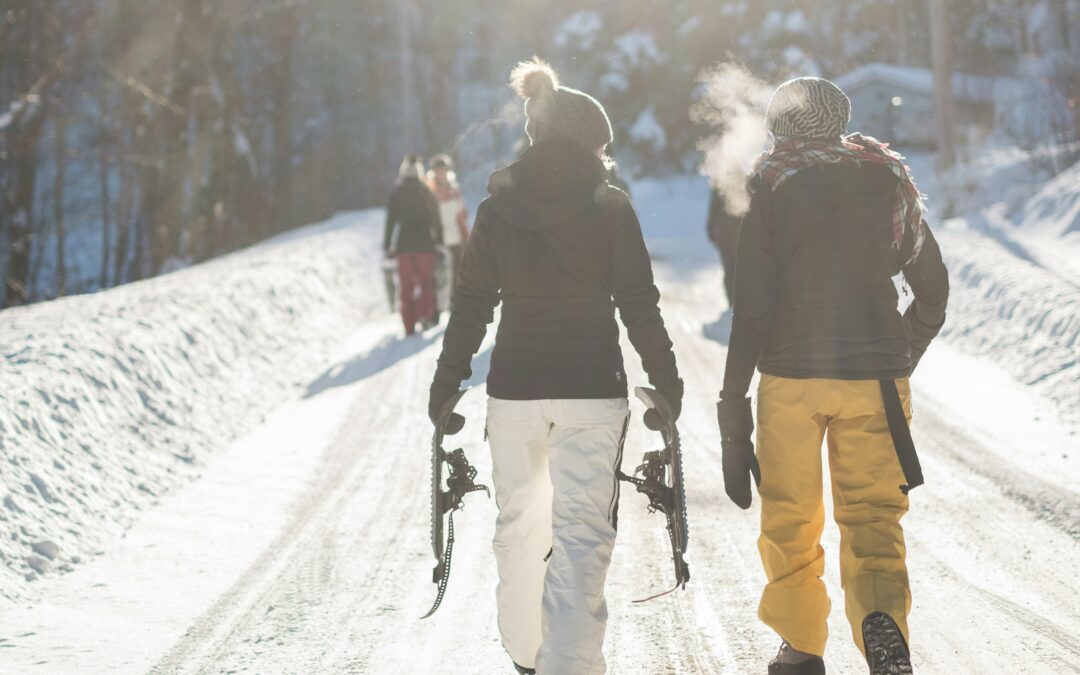
By Michael Downs, MS Kinesiology, Redmond Fitness Director
Sports nutrition products such as bars, gels and drinks offer no performance advantage; however, they may be more convenient than real food. However, bars that taste good when riding at 80° F (27° C) may be unpalatable (because of taste and/or hardness) at 32° F (0° C). As a rule of thumb, as the temperature drops go for softer foods. I like to eat banana bread, oatmeal cookies, soft bagels with peanut butter and jelly, boiled salty potatoes, and the occasional gel. I cross-country ski, too, and on winter rides I’ll often take the same food as I would skiing, food that’s crunchy whatever the temperature: granola bars, crackers or pretzels, nuts and dried fruit.

Michael Downs, MS Kinesiology, Fitness Director Redmond

425 Fitness’ Winter Cycling Tips, Article 1 of 2 // By: Kyle Kenny, 425 Fitness Master Trainer & Assistant Director
Winterize your riding tactics.
Gear is critical for cold weather, ensure proper apparel such as rain gloves, cold weather cleats, anti-fog goggles and a warmer helmet.
Look for moisture wicking clothing.
When winter cycling, sweat is a nightmare if you aren’t wearing the right attire. Unequipped, sweating can make it nearly impossible to regulate your body temperature in freezing temps. Additionally, outdoor cycling in winter is not usually convenient. It helps to prepare when to cycle, for how long, and what to wear and bring with you in advance. If you want to be a regular winter cyclist, integrate it into your routine.
If a bike lane or shoulder has muck or ice, take the right traffic lane instead.
Ride relaxed to improve handling on bumpy, icy or wet roads.
What to wear cycling in cold weather
I prefer a base layer, kit tights, long sleeve jersey, a jacket and a cycling vest, along with gloves, socks, a head cover, cleat covers.
Your bike needs to be prepped for cold weather conditions as well, look at getting a tune up, check PSI, check cables, check the cassette and ensure swift changing of gears, tighten bolts.
Checklist:
Lights (helmet and bike)
Mudguard
Anti rust spray
Studded tires
Most importantly of all, coffee.
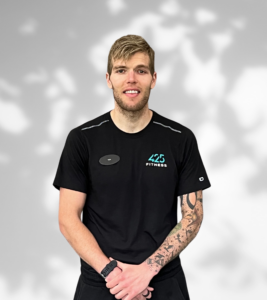
Kyle Kenny, Master Trainer & Assistant Director, Redmond
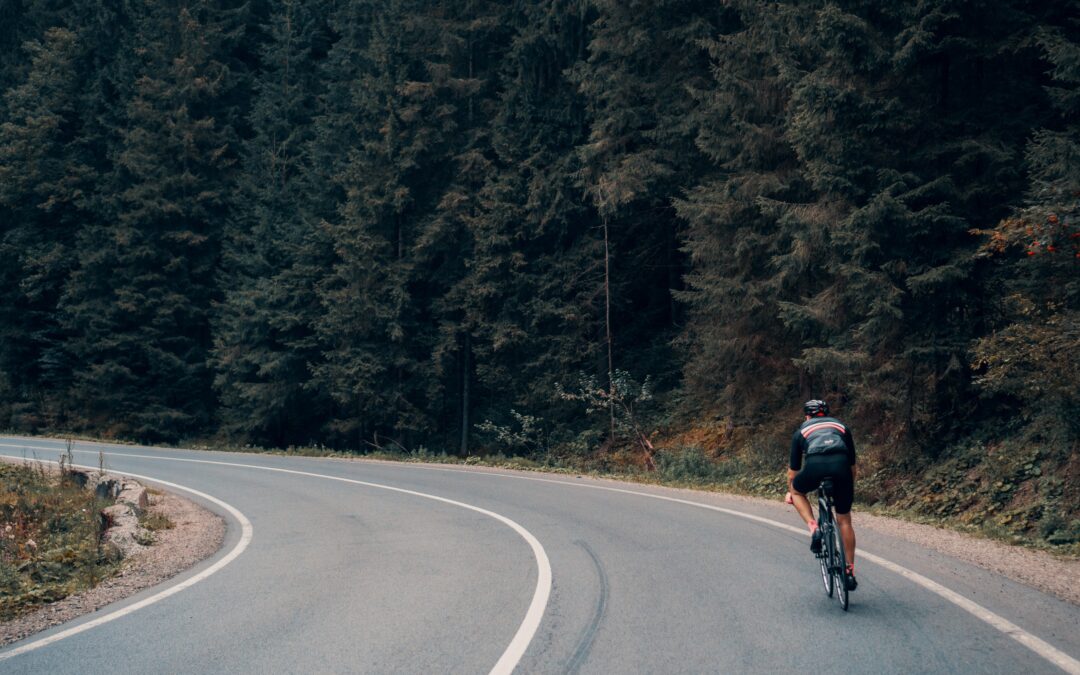
425 Fitness’ Winter Cycling Tips, Article 1 of 2 // By: Chris Church, 425 Fitness Master Trainer
Most people figure they can just ease into a bike ride and then kick it into high gear when everything starts to feel loose. This is how injuries can occur. A proper warmup is highly recommended before a long road race.
Before a long bike ride race, a good cardiovascular system warm up is a good way to get some blood flowing to all the body parts used during cycling. Either an on-road light ride or a steady spin on a stationary trainer for 10 to 15 minutes will usually do the trick. This Is a good time to clear the head and get mentally prepared for the upcoming ride as well.
Afterwards, some dynamic stretching would be good too. Some dynamic torso twisting, jumps and lunges are good examples. A good static stretching routine will also help to minimize muscle imbalance, injury prevention and improving cycling performance as well.
Bike riding pain free and feeling your best on and off the bike is the end goal you should be looking to achieve.

Chris Church Redmond, BS Kinesiology, NASM Master Trainer